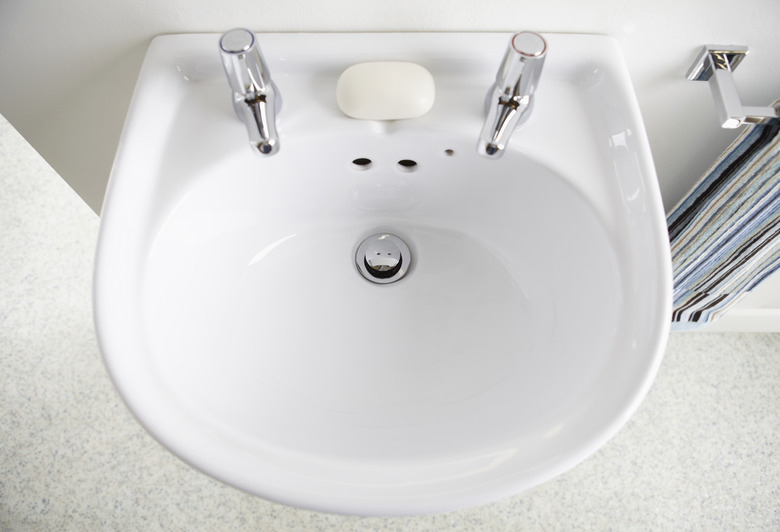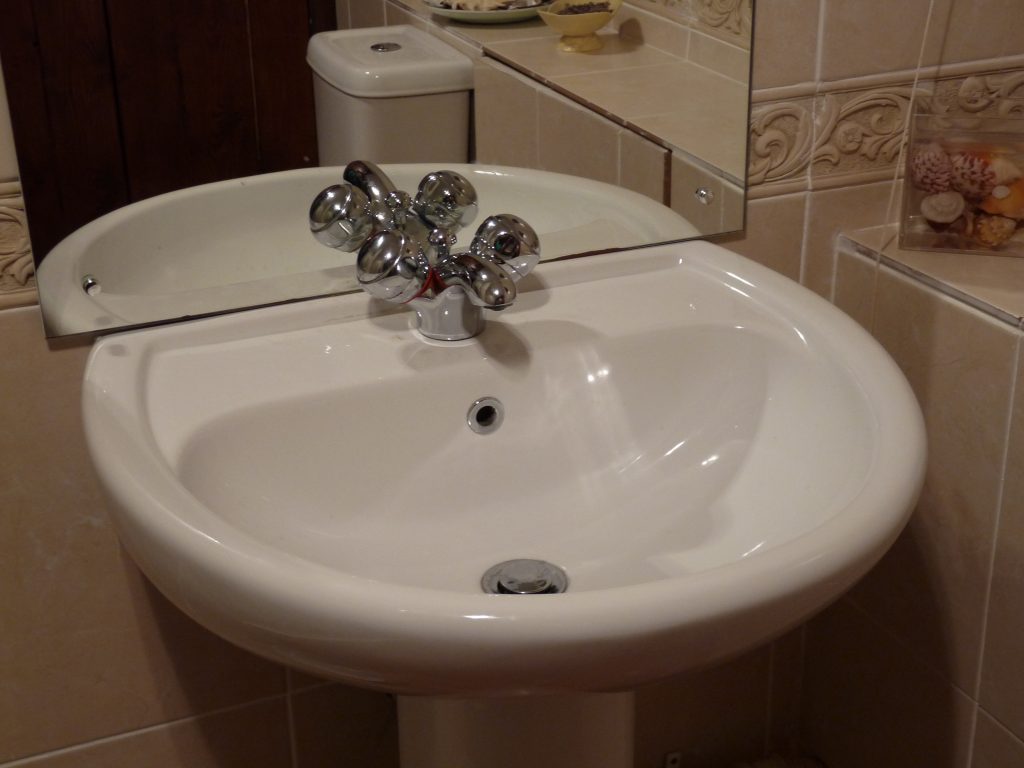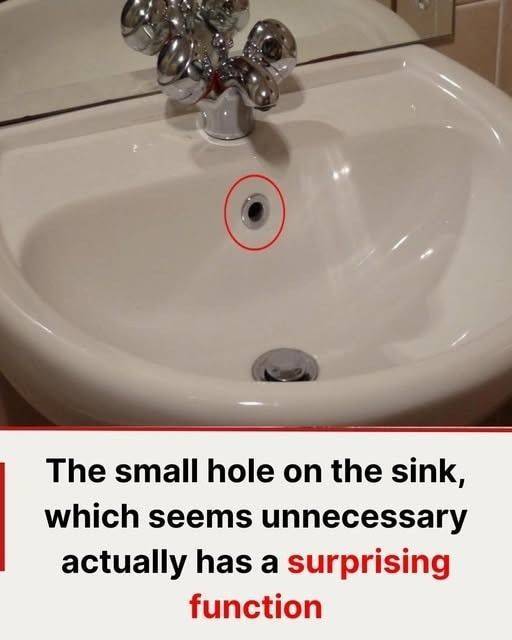Have you ever noticed a small, almost hidden hole located near the top edge of a bathroom sink basin? It often goes unnoticed especially since the hole is usually right where the rim meets the wall of the sink. Many might assume it’s simply a decorative flourish or manufacturing quirk. In reality, this modest feature serves two important plumbing purposes: preventing an overflow and improving drainage efficiency.
Preventing Overflow
One of the primary roles of that little hole is to function as an overflow safeguard. When you close the sink’s drain and continue running the faucet, the water level will eventually rise to the level of this hole. Rather than spilling over the rim and flooding the countertop, the water quietly channels into that hole and flows down a secondary path into the same drain system. This gives homeowners an extra cushion of time to shut off the water or remedy a blockage. Although the hole can’t prevent all flooding—especially if the faucet runs at high volume or the overflow path is blocked—it does reduce the risk of water cascading onto the floor.

Ventilation and Faster Drainage
Beyond overflow protection, the hole also serves a subtler but equally useful function: it helps air enter the drain system. When you unplug the drain or lift the stopper and water begins to flow out of the basin, the absence of airflow can slow down the drainage process. The overflow channel connected to the hole allows air to enter the system, which prevents a “seal” forming that impedes flow. That means the sink drains more quickly and smoothly, reducing gurgling and sluggish draining. In designs without this extra opening, the drain may bubble or drain more slowly because air must fight its way in.
Why Some Sinks Lack It
Interestingly, not all sinks feature this tiny hole. Many kitchen sinks omit it entirely because their drain pipes are larger and the risk of overflow is different compared to a bathroom basin. Conversely, bathroom sinks frequently include it because the narrower drains and common use situations (such as filling the basin) make overflow and ventilation concerns more pressing. When purchasing or installing a sink, it’s wise to check whether the basin includes an overflow channel—especially if you’ll be using pop-up stoppers that fully seal the drain.
Maintenance Considerations
Given that the overflow channel is only used when the water level reaches it (or when air enters via it), it doesn’t get flushed out regularly. That means gunk, soap scum or mildew can build up inside the channel and reduce its effectiveness. If you notice a foul odour, slow drainage or water starting to leak through unexpected openings near the rim, it may be time to clean the overflow hole. A simple cleaning routine might involve pouring a mixture of baking soda and vinegar into the opening, letting it fizz briefly, then flushing with warm water from a funnel. Keeping the channel clear ensures that both the overflow and air-vent functions continue to work as designed.

The Takeaway
That humble little hole near the top of your sink may seem insignificant, but it actually plays a dual role: it helps prevent the basin from spilling over and boosts drainage by allowing air into the system. It’s a smart piece of plumbing design that many homeowners overlook—until something goes wrong. By knowing what it does and how to maintain it, you can avoid unexpected leaks, slow draining and water damage. Next time you notice that hole, you’ll know: it’s not just a hole—it’s an unsung hero of your sink’s plumbing.

















